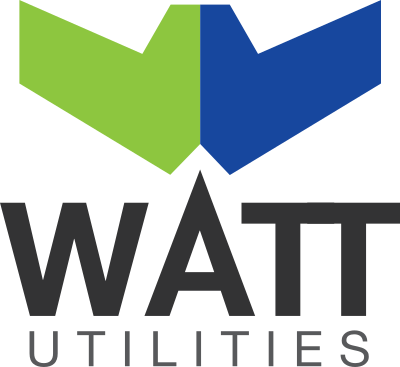Consumption Prices Down but Services Prices Up

What is Network Tariff Reform and how does this affect you?
Network charges can make up more than 50 per cent of an electricity bill, but some businesses may not understand what network charges are. The following information will give an insight into how network charging works and what the Network Tariff Reform is.
What is Network Tariff Reform?
The Network tariff reform was passed by the AEMC in November 2014 directing all electricity distributors to transition to cost-reflective tariffs to ensure fairer and more equitable pricing from the networking body to customers. These changes were made to encourage and provide financial incentives for customers who use electricity outside of peak periods. This would lessen the pressure on the network at peak times, reducing the need to build more infrastructure resulting in less costs. The introduction of Time-of-Use (ToU) pricing provided opportunity for a customer to minimise energy usage and demand at a time when the network was under the most pressure. By encouraging the spread of a customers’ load profile with incentives of lower rates outside of peak times, demand would be lessened during those times resulting in less pressure on infrastructure and less risk of power outages.
Victoria was the first to roll out cost reflective ToU pricing as most customers were already equipped with adequate Smart Metering. From 01 July 2017 new capacity demand charges were introduced for business customers across Victorian networks. Retailers were given a grace period to implement these as the cost of ensuring the meters and systems could adequately manage the changes was substantial.
It was only from 1 January 2018 that the first customers really noticed these changes to their accounts.
What is happening with the latest Network Tariff Reform?
A move to demand capacity charges for small/medium consumers and ToU (Time of Use) network charges for large consumers not already on cost effective tariff pricing.
You could be reassigned to a new cost-reflective tariff which may mean a rise in price.
Some networks are however introducing transitional tariffs.
This new tariff system did start in 2017 but many of the retailers have not been able to manage these new charges in their billing system and were given a ‘grace period’ until 1 July 2018.
You can find the various changes in Queensland and New South Wales by following the links:
Queensland – Energex Changes
Queensland – Ergon Changes
NSW – Ausgrid Changes
What should you do now?
Contact Watt Utilities if you find your tariff codes have changed and we will review them to ensure they are the most suited to your site.
Recent Posts
- Why Energy Procurement?
- The Future with Renewables
- National Customer Code Checklist For Energy Contract Procurement
- AEMC Announces Changes To The Rooftop Solar Export Charge Scheme, Effective 2025
- Energy Regulators in Australia
- Powering into the Future
- Consumption Prices Down but Services Prices Up
- When to Negotiate Electricity Contracts
- Are You Paying Too Much For Electricity?
- What is the Australian Energy Regulator?
- Ten Facts About Electricity in Australia
- ENM – Embedded Network Manager


